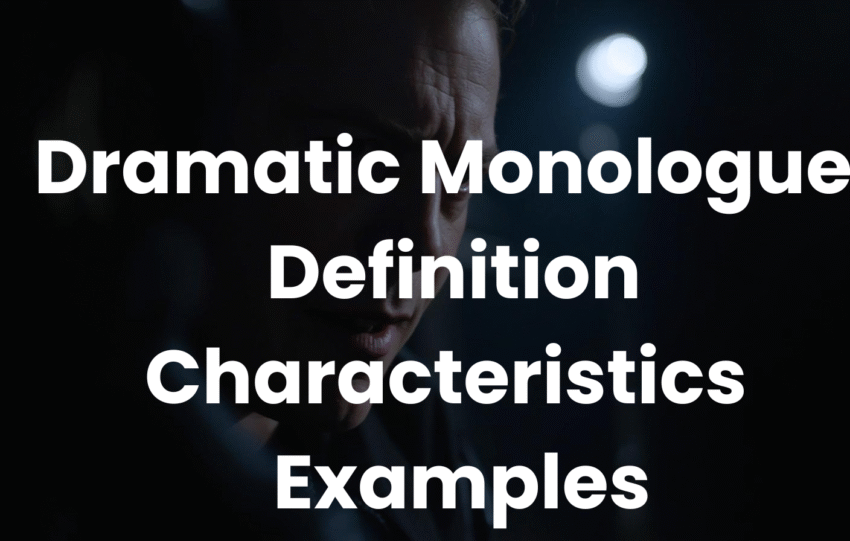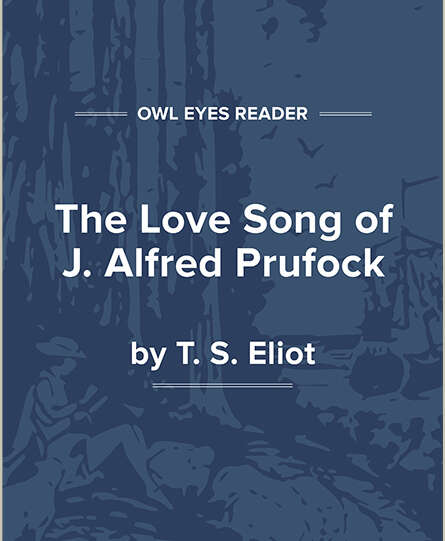
Summary and Analysis of Philip Sidney’s Loving in Truth
Philip Sidney opens his sonnet, “Loving in Truth”, by explaining his motivation for composing the sonnet sequence. He believes that if his beloved were to read the sonnets, she would eventually return his affection. He argues that her pleasure in his pain would cause her to read his verses, and her reading would allow her to recognise the sincerity and intensity of his devotion. This recognition might stir pity for the poet’s situation, and that pity could gradually transform into grace and love.
The poet also reveals the struggles he faces in writing the sonnets. He earnestly wishes to communicate the torment of his emotions, yet he finds it difficult to give proper expression to his suffering. At first, Sidney attempts to draw inspiration from other poets and their techniques, consulting “others’ leaves” (other literary works). However, such borrowed artistry proves inadequate. Eventually, he realises that the only authentic way to convey his love for Stella is to speak directly from his heart, letting his genuine feelings rather than artificial imitation guide his verse.
The central theme of this sonnet is love expressed through poetry. Sidney presents the poet as one caught between two impulses: the desire to please his beloved with carefully crafted art and the realisation that true poetry must spring from inward passion. This tension between artifice and authenticity highlights Sidney’s awareness of the limitations of poetic convention when confronted with the raw power of genuine emotion. Ultimately, the sonnet suggests that heartfelt honesty triumphs over studied imitation.
Another essential feature of this sonnet is its meta-poetic quality—it is a poem about the act of writing poetry. Sidney draws attention to the creative process itself, describing the poet’s frustration, self-consciousness, and eventual discovery of inspiration within. In this way, Loving in Truth not only expresses love but also meditates on poetry as a medium for personal truth.
The sonnet is taken from Astrophel and Stella, Sidney’s celebrated sonnet sequence, often regarded as the first great sonnet sequence in English literature. Unlike the Italian or Petrarchan sonnet that heavily influenced him, Sidney experiments with form. While English sonnets typically employ iambic pentameter, Sidney uses iambic hexameter here, which gives the poem a distinctive rhythm and emphasis. The rhyme scheme follows abab abab cdcd ee, blending elements of Petrarchan structure with the final rhyming couplet typical of the English (Shakespearean) sonnet.
Through “Loving in Truth”, Sidney sets the stage for the rest of the sequence, outlining both the lover-poet’s emotional conflict and the writer’s artistic struggle. It reveals the dual purpose of the sonnets—to win Stella’s heart and to explore the power of poetry itself.





